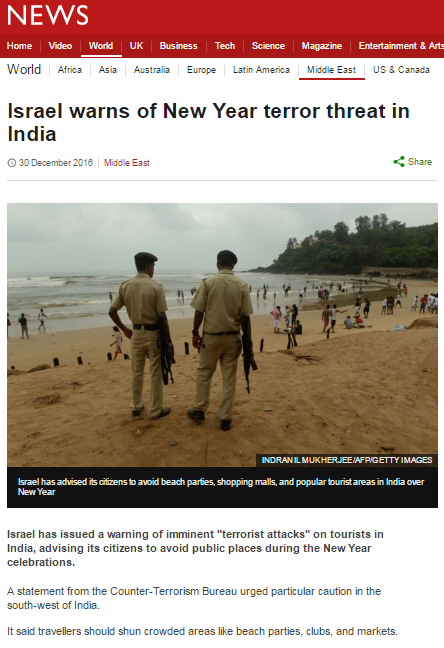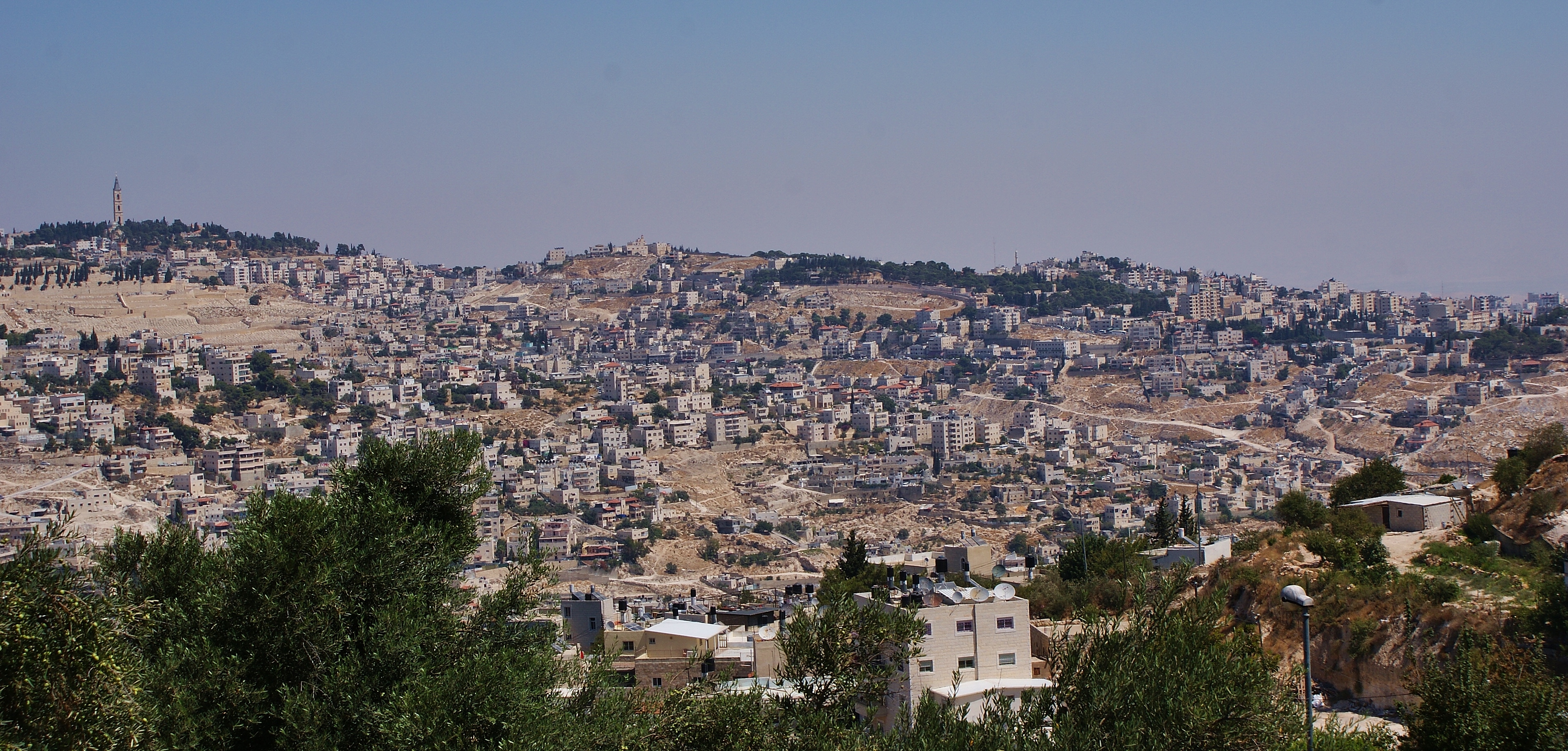Back in the summer we noted an article written by former AP correspondent Matti Friedman which shared some important insider insights into why so many of the news reports coming out of the Gaza Strip lacked the context and content essential for audience understanding of that conflict between Israel and Hamas.
Now, Matti Friedman has written a follow-up article which sheds even more light on the issue of the way in which that conflict was reported by the Western media – and why. For those of us who closely followed BBC coverage of the summer conflict, his insights have a disturbing familiarity.
“Most consumers of the Israel story don’t understand how the story is manufactured. But Hamas does. Since assuming power in Gaza in 2007, the Islamic Resistance Movement has come to understand that many reporters are committed to a narrative wherein Israelis are oppressors and Palestinians passive victims with reasonable goals, and are uninterested in contradictory information. […]
Hamas’s strategy is to provoke a response from Israel by attacking from behind the cover of Palestinian civilians, thus drawing Israeli strikes that kill those civilians, and then to have the casualties filmed by one of the world’s largest press contingents, with the understanding that the resulting outrage abroad will blunt Israel’s response. This is a ruthless strategy, and an effective one. It is predicated on the cooperation of journalists. […]
In previous rounds of Gaza fighting, Hamas learned that international coverage from the territory could be molded to its needs, a lesson it would implement in this summer’s war. Most of the press work in Gaza is done by local fixers, translators, and reporters, people who would understandably not dare cross Hamas, making it only rarely necessary for the group to threaten a Westerner. The organization’s armed forces could be made to disappear. The press could be trusted to play its role in the Hamas script, instead of reporting that there was such a script. Hamas strategy did not exist, according to Hamas—or, as reporters would say, was “not the story.” There was no Hamas charter blaming Jews for centuries of perfidy, or calling for their murder; this was not the story. The rockets falling on Israeli cities were quite harmless; they were not the story either.
Hamas understood that journalists would not only accept as fact the Hamas-reported civilian death toll—relayed through the UN or through something called the “Gaza Health Ministry,” an office controlled by Hamas—but would make those numbers the center of coverage. Hamas understood that reporters could be intimidated when necessary and that they would not report the intimidation; Western news organizations tend to see no ethical imperative to inform readers of the restrictions shaping their coverage in repressive states or other dangerous areas. In the war’s aftermath, the NGO-UN-media alliance could be depended upon to unleash the organs of the international community on Israel, and to leave the jihadist group alone.
When Hamas’s leaders surveyed their assets before this summer’s round of fighting, they knew that among those assets was the international press. […] Cameramen waiting outside Shifa Hospital in Gaza City would film the arrival of civilian casualties and then, at a signal from an official, turn off their cameras when wounded and dead fighters came in, helping Hamas maintain the illusion that only civilians were dying.”
Read the whole article here.
Related Articles:
Reporter in the rubble: what is missing from BBC presentation of structural damage in Gaza?
Matti Friedman discusses Gaza media coverage on CNN
Promoted and quoted: the BBC’s preferred Middle East NGOs
BBC News website coverage of Operation Protective Edge: part five




